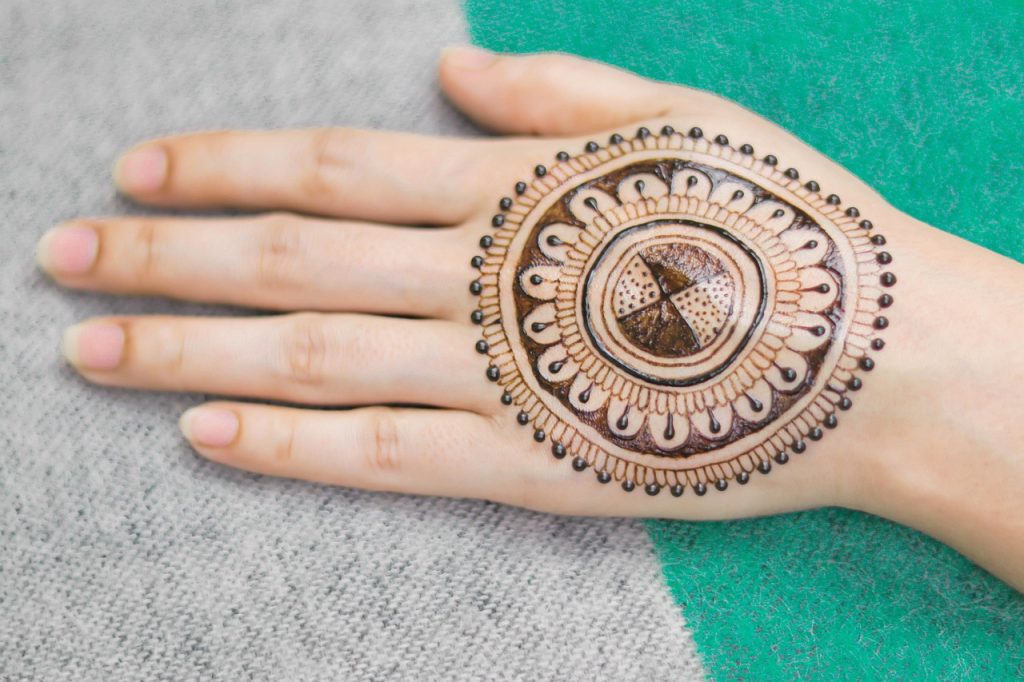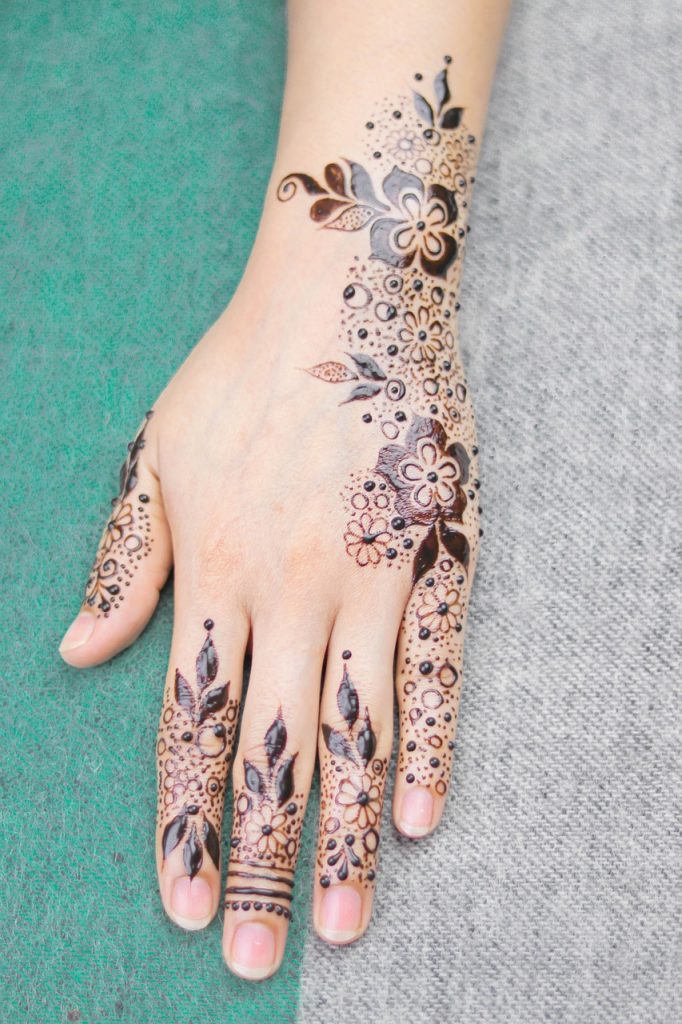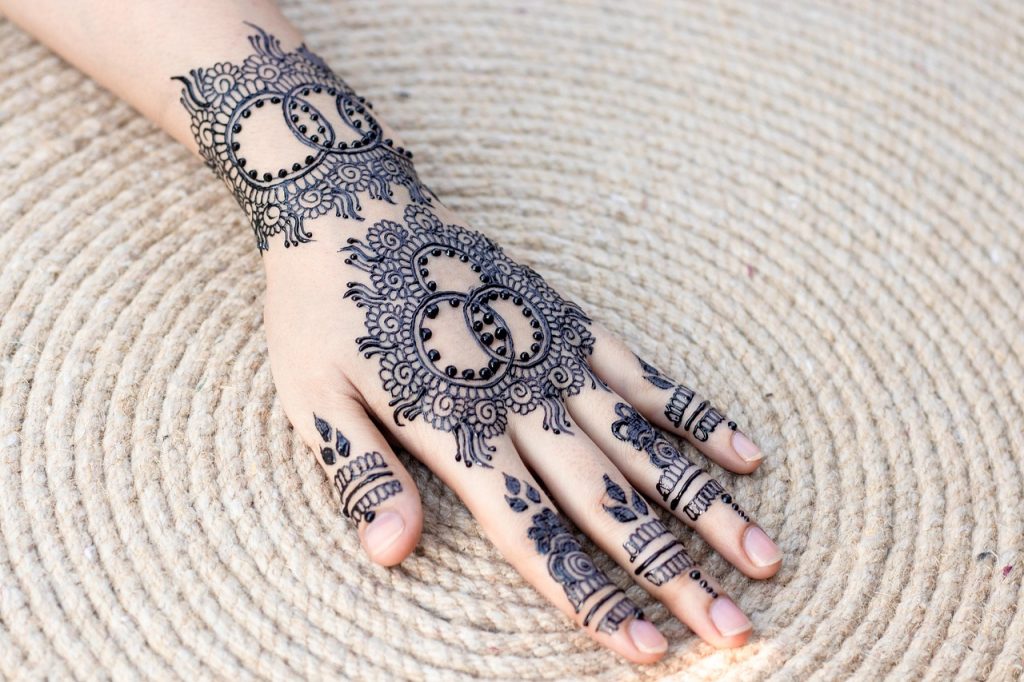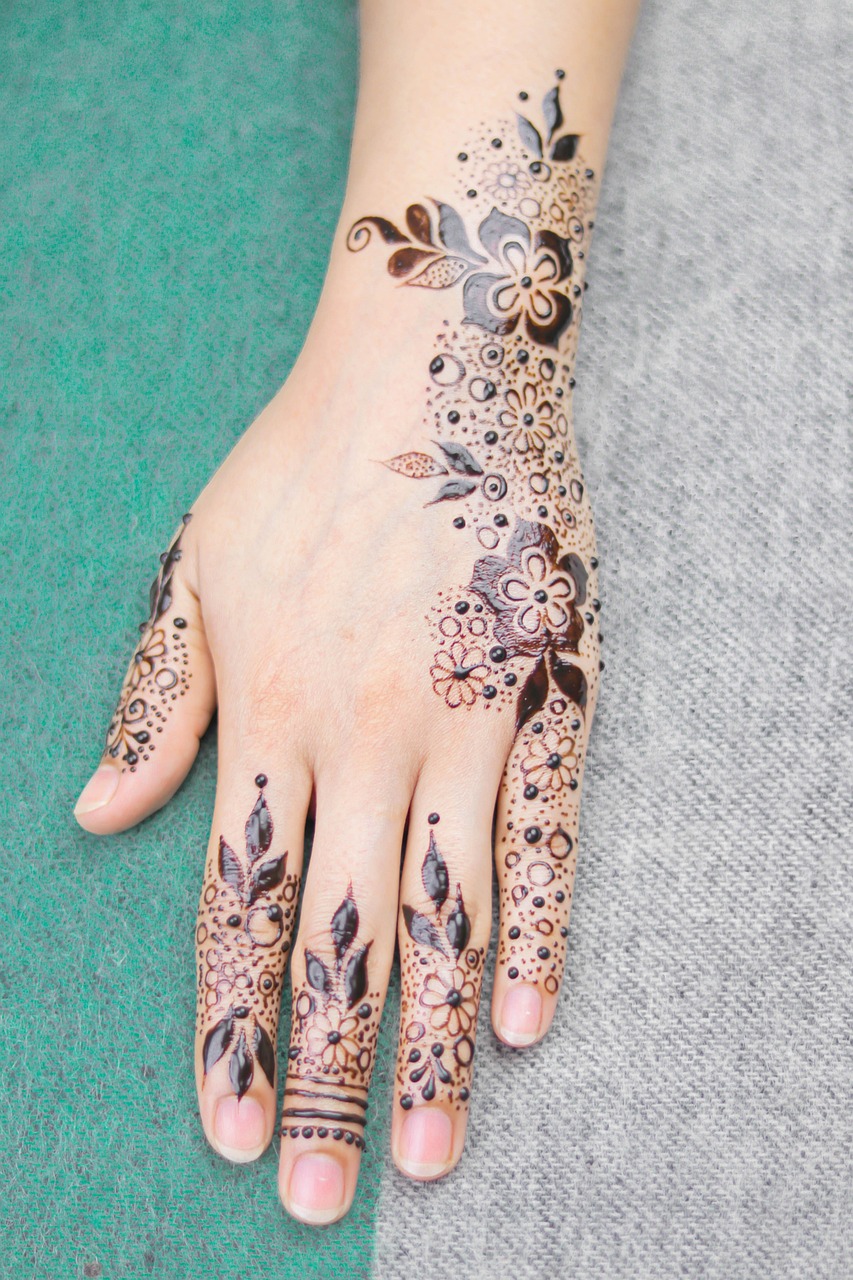The Allure of Arabic Mehndi Designs

Arabic mehndi designs are renowned for their intricate patterns and flowing lines that reflect the beauty of Arabic culture. When it comes to front hand designs, they offer a unique blend of elegance and artistry that beautifies the hands without overwhelming them. Typically featuring large floral motifs and paisleys, these designs capture attention and evoke a sense of tradition.
The simplicity and sophistication of Arabic mehndi make it a favorite for various occasions, from weddings to festivals. The patterns often embrace negative space, where the skin peeks through, enhancing the visual appeal. Women are drawn to these designs for their timeless charm and ability to complement any attire.
What distinguishes Arabic mehndi designs from Indian variations?
Unlike Indian mehndi designs, which often employ dense patterns covering the entire hand, Arabic mehndi designs focus on larger motifs that provide a more spacious look. This approach emphasizes artistry through simpler shapes, allowing the beauty of the skin tone to shine through.
Did You Know?
According to research by the International Journal of Aesthetic and Clinical Dermatology, mehndi has been used for centuries in Middle Eastern cultures not just for adornment, but also for its cooling properties and natural moisturization of skin.
Popular Arabic Mehndi Designs for the Front Hand

When considering mehndi design for the front hand, several popular styles stand out. Designs like the ‘floral vine’ encapsulate elegance, while ‘peacock motifs’ convey grace. Another favored choice is the intricate geometric patterns that speak to the artistic heritage of Arabic art.
It’s crucial to choose a design that resonates with your personal style while also considering the occasion. For example, a bridal mehndi might feature more elaborate designs than a casual gathering.
How long does mehndi last on the skin?
Typically, mehndi designs last between 1 to 3 weeks, depending on skin type and care. To ensure longevity, avoid exposure to water and moisturize your hands after the design has dried and set in.
Expert Insight
A study conducted by dermatologists shows that natural henna is safe for most skin types, allowing women to showcase beautiful designs without any adverse reactions.
Planning Your Mehndi Application

Before you proceed with your chosen Arabic mehndi design for the front hand, it’s wise to consider a few practical tips:
- Choose a reputable mehndi artist who specializes in Arabic designs.
- Discuss your preferences and any colors you might want to add.
- Ensure your hands are clean and dry before application to enhance the stain quality.
Preparation is essential for achieving the best results, so don’t rush through the process!
Can I do mehndi at home?
Yes, you can apply mehndi at home with the right stencils and tools. However, practicing on paper or with an experienced friend can help you gain confidence before trying it on your skin.
Industry Tips
As per renowned mehndi artist Sana Khan, “Practice makes perfect; don’t be afraid to experiment with different designs to find what represents you best.”
Conclusion

Arabic mehndi designs for the front hand offer an exquisite way to celebrate heritage and individuality. From large floral motifs to intricate patterns, these designs can elevate your look for any occasion. Whether you’re considering a professional application or trying it at home, the art of mehndi remains a timeless tradition, rich in culture and beauty.
Ready to dive into the world of mehndi? Explore our tutorials or contact a local mehndi artist to book your appointment today!
